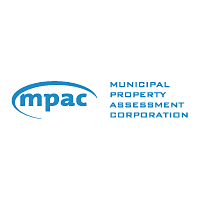Understanding how change works
Successful change depends on people. Strengthening change management capability across your organisation equips teams and leaders to navigate uncertainty, guide others through transition, and embed new ways of working. When people understand how change works, they are more confident, more resilient, and more effective - making change stick and delivering better outcomes.
- Confident change leadership is strengthened by practical experience and shared language
- Change resilience improves when people understand the dynamics of transformation
- Organisational outcomes improve when change capability is developed at every level




